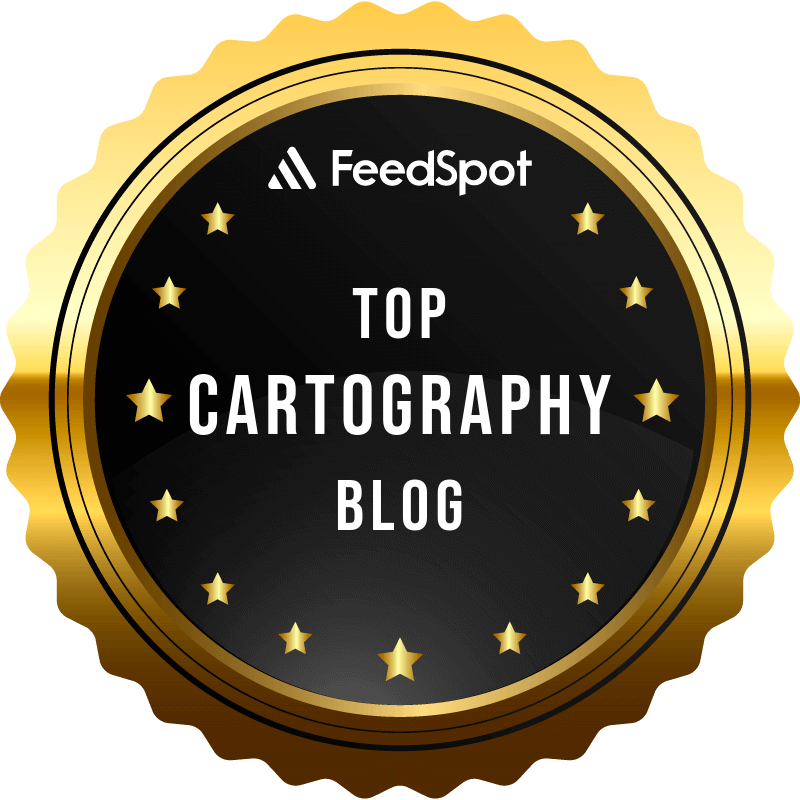Last Spring there was a How to do Map Stuff event including a talk by cartographer Victoria Johnson-Dahl on Cross Stitch Cartography. The full video can be seen here. The talk includes examples from the past and a tutorial on how to make a pattern from a map. Much of what follows has been lifted from her talk. Here are some wonderful examples she unearthed.
 |
The Farm Called Arnolds in The Parish of Stapelforth Abby & Lambourn in the County of Essex |
An unknown author created this detailed embroidery of a farm including some detailed property information.
The Victoria and Albert Museum page suggests that it may have been an educational exercise for a young girl to learn needlework skills, geography, and rural economy.
Another educational example are these globes with latitude and longitude lines stitched by Quaker girls at the Westtown School in Pennsylvania.
Here is a Hmong Story Cloth - from the Minnesota Historical Society the description below is from their site
"Story cloth illustrating the participation of
Hmong people in the Laotian Civil War (1953-1975), also known as the
Secret War, and the subsequent Hmong genocide, resistance, exile in
Thailand and emigration to the United States. The scenes depicted on
the cloth include the CIA-operated Laotian town of Long Chien as it
appeared from 1967-1974; the flight of the Hmong from Laos into Thailand
across the Mekong River; the refugee camp at Vinai; Hmong people
studying English at Phanat Nikhom; and their arrival at and departure
from a Bangkok airport. The cotton cloth's figures are embroidered; its
border is appliqued."
Here is a detailed look
For the tutorial she uses this 1829 needlework map of New York Counties by a 14 year old Elizabeth Goldin.
She shows how to use raster image scaling and color simplification to create a cross stitch pattern from public data such as land cover. Here's an example I tried for Rochester, New York.
By greatly reducing the resolution until the image looks very pixelated, it becomes a guide for each stitch. This could be improved upon by simplifying the colors and a little photoshop work but its a start.


























